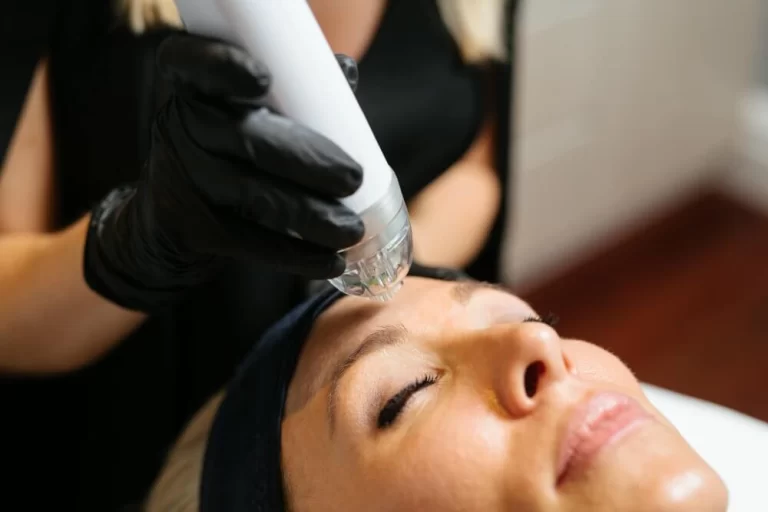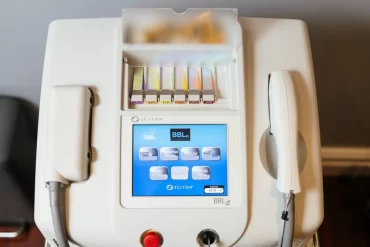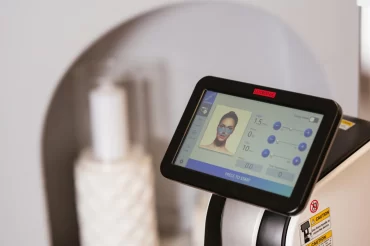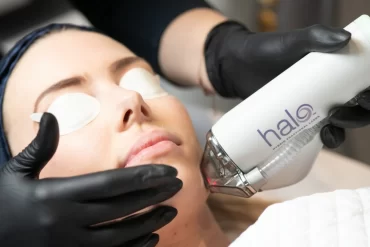Skin Sagging

One of the hallmark signs of ageing skin is a loss of skin elasticity and laxity which presents to many as “sagging skin”.
With age, the skin itself changes with a loss of collagen and support as well as a loss of elastin. Elastin provides the skin with the ability to stretch and snap back into position. When elastin is lost the skin becomes loose and slack and is unable to maintain its structure and position.
With a loss of healthy collagen and a reduction in its production results in a loss of skin strength and thickness. As a result the skin presents as thinner and less firm skin.
Combined with the actual skin changes, the physical appearance of sagging skin is also due to changes which happen below the level of the skin becoming more evident with age.
A loss of supportive structures beneath the skin results in less support. Atrophy of the fat pads, bone loss and resorption as well as cartilage loss all contribute to loss of the facial structure. The skin therefore loses its platform of support resulting in a sagging appearance.
FAQs
What causes sagging skin?
Many of these changes are intrinsic changes and occur in everyone. The changes to skin quality, especially the quality and amount of elastin and collagen, are significantly affected by the environment.
Environmental influences play the greatest role in obvious alterations to the skin in terms of texture and aesthetic quality.
The major insults are chronic exposure to UV radiation (also known as photo-ageing) and smoking. Other causes include air pollution, poor nutrition, and rapid, extensive weight loss (and also weight fluctuations over time).
One of the major causes of skin sagging, smoking, causes a loss of elastin and collagen by the production of free radicals. This is when once-healthy oxygen molecules become overactive and unstable. Free radicals damage cells, leading to, among other things, premature wrinkles and sagging.
Skin damaged by the environment appears course, roughened and is deeply wrinkled with a loss of elasticity and recoil, making the skin appear “saggy”.
Skin sagging generally becomes more apparent as the effects of environmental and lifestyle changes appear, usually in the 40-50s, especially for women. These environmental factors can worsen and accelerate solar elastosis, wrinkling and sagging of the skin.
Can sagging skin be prevented?
Avoidance of UV, pollution and smoking are key to prevention. Other preventative strategies to prevent skin sagging in healthy skin include maintaining a healthy diet filled with healthy fats and protein, regular exercise and maintaining a healthy weight (eg no rapid weight fluctuations or rapid weight loss).
Hormonal treatments may also come in to play especially for women as early menopause can contribute to a loss of collagen.
What treatments are available?
As with many skin conditions, the main focus of treatment is to prevent skin sagging while the skin is still healthy.
The primary prevention method is to avoid exposure to UV radiation. This includes daily use of a broad spectrum SPF 50, use of protective measures such as a hat, as well as avoidance of the sun in peak times and using shade as much as possible. Sun tanning and use of sun beds should be avoided.
Smoking is another contributor. Smoking cessation and avoidance of passive smoking is essential to maintain healthy skin and prevent further free radical damage. In addition avoidance of air pollution is important and this can vary significantly depending on where in the world you live.
The use of topical at home skin care (use of antioxidants, vitamin C, Niacinamide and Retinol) and in-clinic treatments can also be utilised while the skin is still healthy, to avoid sagging and maintain skin integrity and firmness.
The majority of these treatments utilise methods of inducing collagen and elastin production. This process involves triggering a cascade of events within the skin that stimulates new fibre formation through controlled inflammation and wound remodelling.
What are our recommended treatments?
As with many of the treatment recommendations at Youth Lab, a combination of treatments may be required for optimal results.
Please note that the below is a reference point and full treatment recommendations will be made following a consultation.
Skin Tightening
Skin tightening using SkinTyte II technology and infrared heat energy is used to improve appearance of skin laxity and poor skin tone. This treatment is especially beneficial to the delicate eye skin and skin around the jawline and neck.
RF Microneedling
Utilising both Radiofrequency energy and microneedling, the skin is stimulated through a controlled wound response to encourage collagen production and cellular turnover. This is an excellent treatment for the jawline and neck.
Halo Laser
Halo laser resurfacing can repair the skin and stimulate healthy collagen production. The Halo works on both superficial and deep levels to induce collagen and elastin formation, resulting in firmer and healthier skin.
Skin Needling
Skin needling uses fine microneedles to induce a controlled inflammatory response in the skin which in turn assists in rebuilding the skin. It can be used for all areas of the face including around the eyes and mouth.
Collagen Stimulators
These dermal fillers are injected to induce a collagen stimulating response which in turn can revolumise the tissues, thicken the skin and reduce the appearance of fine lines, improve skin quality and smooth skin texture.
PRP
Platelet Rich Plasma uses the body’s own healing response to encourage collagen and elastin formation and improve the appearance of thinning and damaged skin.
Thread Lift
Non-surgical face lifting with thread lifts can help to improve the appearance of sagging skin with a loss of elasticity. Thread lifts also work to stimulate collagen and elastin production and result in smoother, plumper and younger looking skin.




